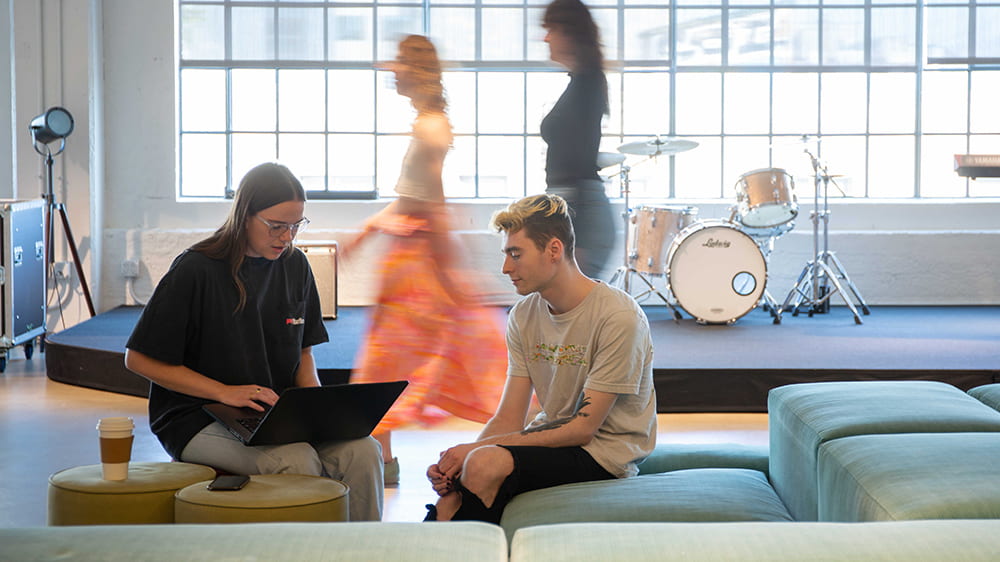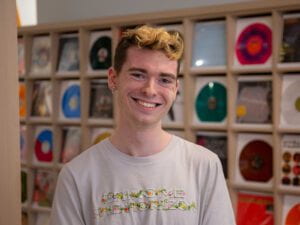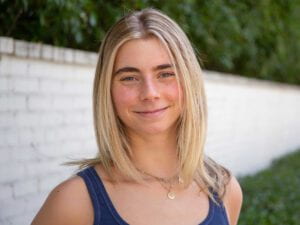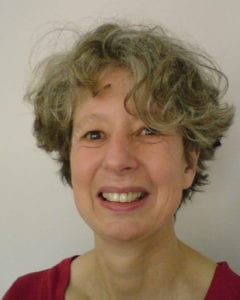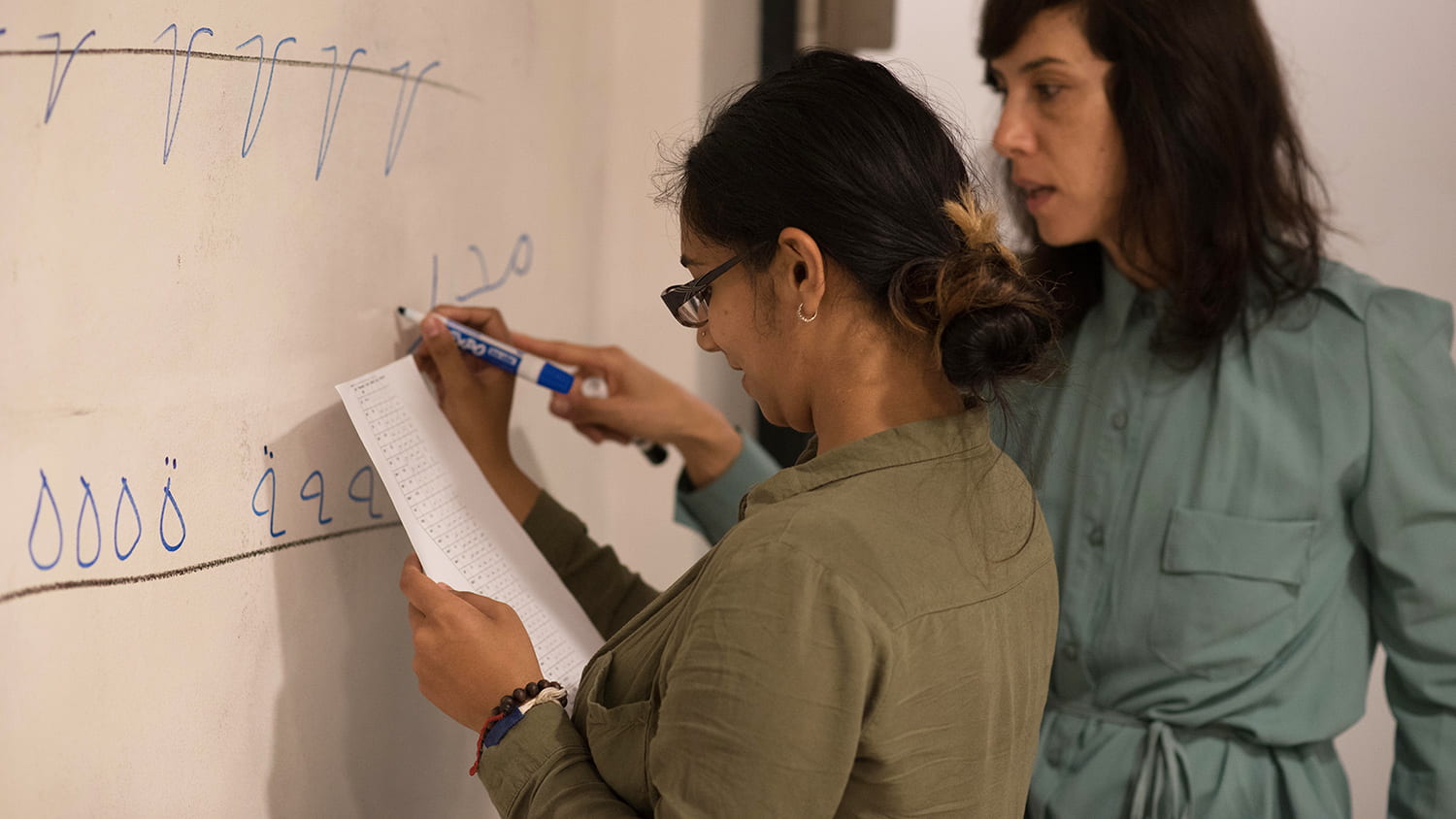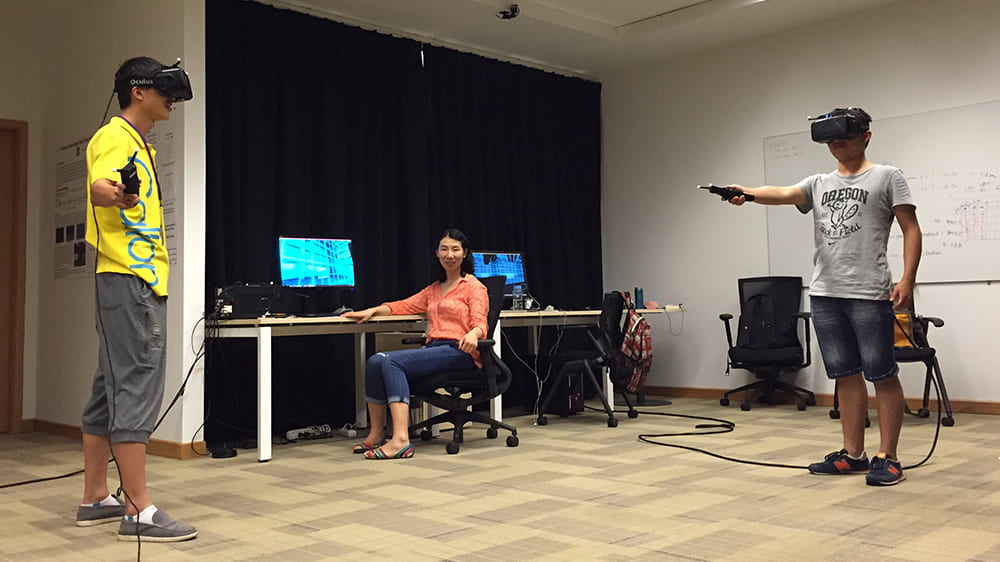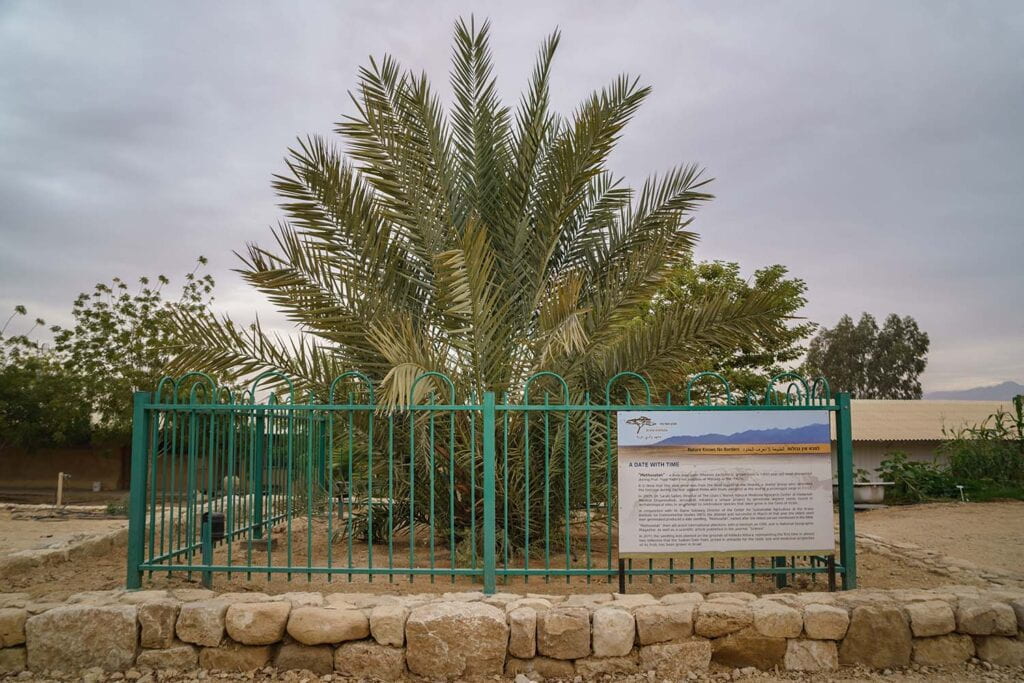Professor Li Li’s career has taken her across the globe, from Lanzhou to Beijing and Rhode Island to Hong Kong. As a professor of neural science and psychology at NYU Shanghai, she’s worked in academia, at NASA, and in the private sector all while raising two daughters. Recently, she met with the NYU Shanghai News team to reflect on her journey across continents and industries—and share how she found her way back to academia in Shanghai.
You started your academic career as a Psychology major at Peking University (PKU). How did you settle on neuroscience as your field of study?
I followed a very typical growth path of a good Chinese student back in high school in Lanzhou, Gansu. I was good at taking exams and got a good grade on the gaokao [the national college entrance exams] to get into PKU. When deciding on my major, I picked Psychology because it seemed the most interesting and could provide me with opportunities to interact with people.
Psychology has many subareas, and I felt most interested in using experimental and computational methods to study rules and mechanisms underlying our cognition, which is also known as cognitive psychology. I still remember the shock I experienced when I entered the Perception, Action and Cognition Lab at Brown University for the first time about 20 years ago. Researchers in the lab were using these visual displays and virtual reality techniques to conduct scientific experiments and expand the boundaries of knowledge with so much passion. It made me say, “Wow, this is so cool!”
As a typical “science person,” the most attractive aspect of scientific research for me is that it allows data to speak for itself. I initially focused on memory and representation, but later on, I found that it was not strongly driven by data in many ways. So I shifted my focus to perception and action. I enjoy using scientific methodologies to study brains, and I am obsessed with the beauty of the logic, precision, and scientificity of research. I’m always searching for the keys to unaddressed questions through research.
You’ve worked in both academia and industry. How did you finally settle on university research and teaching as your life’s work?
After obtaining my PhD from Brown University and working as a postdoctoral researcher at Harvard Medical School, I gradually lost confidence in my career as an academic. I foresaw the entire career path, which lacked surprises and dampened my enthusiasm. I wanted to explore more possibilities, so I went into industry.
I worked as a human factors scientist at an engineering and scientific consulting firm in the Bay Area of California. But I soon became bored with the simple and repetitive procedural work I was assigned to do every day. More importantly, I felt I was wasting my graduate and postdoctoral training. Though the university salary was not as competitive as that in industry, I realized my true joy comes from figuring out the essence of the world and deciphering the mystery of the brain.
While making all these job shifts, I constantly asked myself what on earth I was working for. Did I work for intellectual challenges or monetary reward? The majority of people will choose to go into industry, leaving only a small group of people who can endure loneliness and stick to research. I eventually realized that the “lonely” research path fits me better.
Since joining NYU Shanghai, you’ve spent a lot of time and effort on building three different labs. Could you tell us more about them?
The first lab, the Perception and Action Virtual Reality Lab, focuses on using virtual reality techniques to study perception, control of self-motion, and eye–hand coordination. The second lab is the Perception and Action Neural Mechanism Lab, which focuses on examining the related underlying neural mechanisms. The third lab is the Neuropsychology Lab at Shanghai Ruijin Hospital. We study visuomotor and locomotion control in patients with neurodegenerative motor deficits, such as Parkinson’s disease.
Recently, we conducted a series of fMRI experiments and identified the areas of the brain where motion and form information are integrated for the perception of self-motion. We also examined baseball players’ basic visuomotor abilities and found that their basic eye-tracking ability could predict their potential to hit baseballs. Moreover, we discovered that visuomotor control ability becomes impaired and brain structure changes during the incubation period of neurodegenerative diseases.
As a teacher, what particular skills and traits do you encourage your students to cultivate to become more successful in the classroom or lab?
I’d like to share two things. First, the details are of paramount importance and play a decisive role in yielding extraordinary results in scientific experiments. As rigor and credibility lay the foundation for scientific research, I always ask students to pay more attention to the details, put more effort into the experimental design and the comprehension of logic, take the initiative to explore the reasons behind each step in the experiment, and prevent themselves from forgetfulness, carelessness, and taking anything for granted.
Second, long-term development in research should be supported by proficient academic writing skills. I urge my students to read more and practice their writing as much as possible so they can strengthen their sensitivity in using the English language and improve the logic and organization of their writing.
Lastly, what advice do you give to aspiring neuroscientists?
I think students who aim to study neuroscience should have intrinsic curiosity and thirst for knowledge about the nature of the brain. Thinking critically about the relationship between experiments and theory is also necessary. I suggest all students who want to make a career in science never give up or give in. In all areas of life, a successful person is not always the smartest person, but they are certainly the one who can stick it out until the end. As a perfectionist myself, I always hold an “excelsior” attitude toward work and research, and I hope that students will not be satisfied with their current situation. Only excellence can make endless progress.
This interview has been edited for clarity and length.
Content repurposed with permission from NYU Shanghai News and Publications
